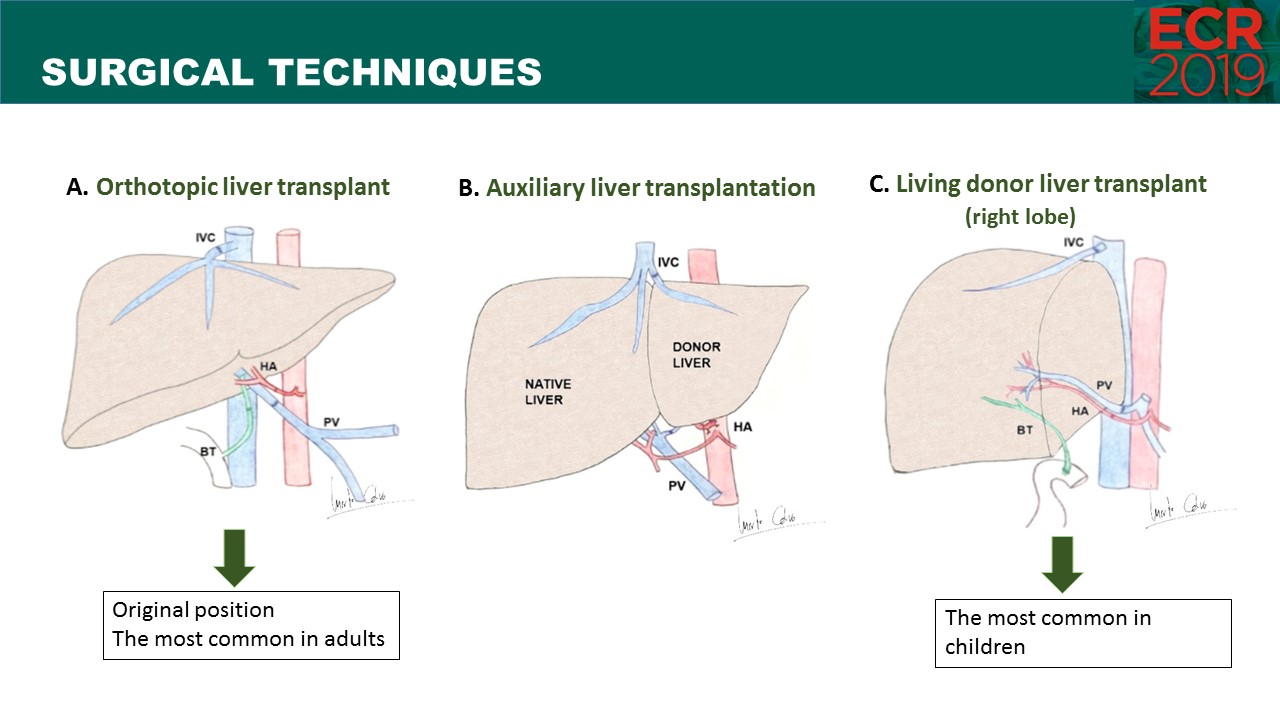And a successful transplant gives the person who gets your new liver more years of life.
Living donor liver transplant technique.
Liver transplantation or hepatic transplantation is the replacement of a diseased liver with the healthy liver from another person liver transplantation is a treatment option for end stage liver disease and acute liver failure although availability of donor organs is a major limitation the most common technique is orthotopic transplantation in which the native liver is removed and.
Techniques of liver transplant surgery the techniques involved in ldlt and ddlt are in principal the same.
The donor s liver and the portion given to the recipient regenerate to full size within a few months.
A surgeon removes a part of the donor s liver typically the right half.
Either the left or right lobe of your liver may be used in donation depending on the size of the recipient.
In living liver donor surgery the donor and the recipient are placed in side by side operating rooms.
In an adult to adult ldlt a segment of liver equivalent to 60 of the total liver mass is.
During living liver donation surgeons remove a portion of your liver through an incision in the abdomen.
Surgical techniques used in adult living donor liver.
This donated segment of the liver is then immediately placed in the recipient in the next operating room.
Summary the extensive clinical experience in liver resection for tumors and reduced size split liver transplantation combined with the first successful living donor liver transplantation ldlt using the left lateral segment from an adult to a child in 1989 has resulted in the widespread application of ldlt worldwide.
The major concern has been the ability to resect a graft of adequate size without subjecting the donor to undue risk.
About 40 to 70 of the donor s liver is removed for transplantation.
The continuing shortage of organs for adult transplant recipients has generated enthusiasm for adult to adult living donor liver transplantation ldlt.
Introduction and historical notes.
If you become a living donor you help free up a liver for someone else on the waiting list.

